Planting Garlic and Other October Homestead Postcards
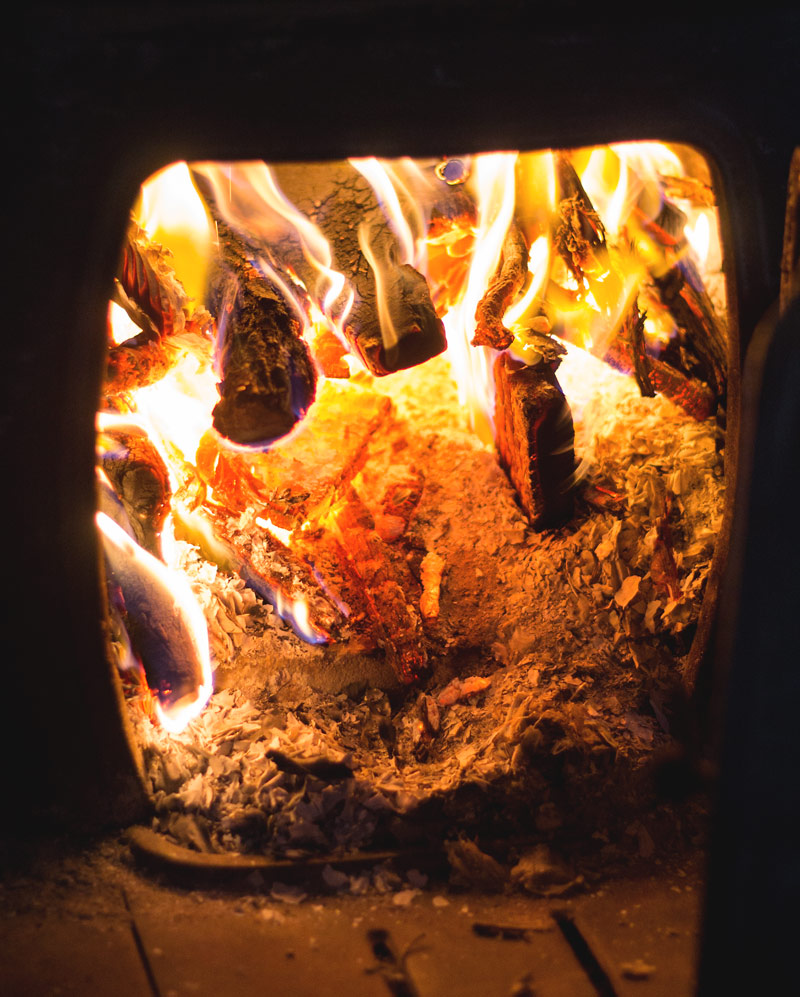
Frost kissed the pumpkin leaves this week and though they and the sweet potato leaves blackened a bit, everything in the garden still stands.
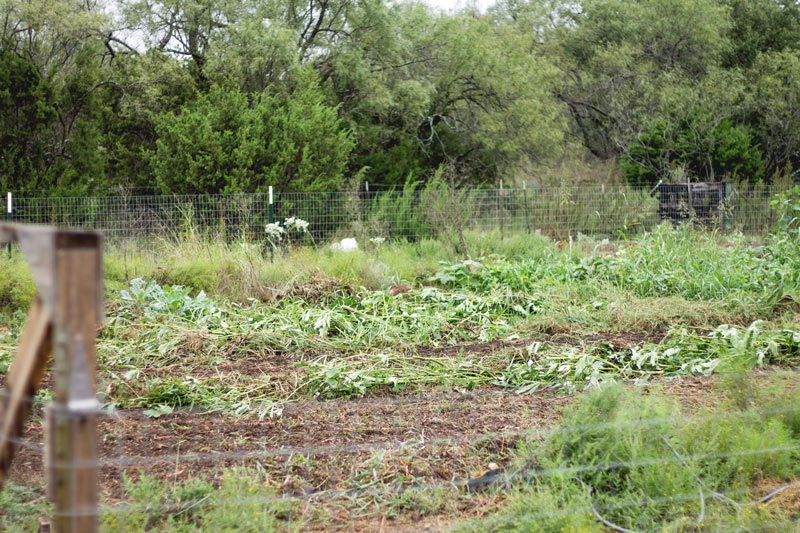
Well, except the okra we hacked down a couple of weeks ago. In its place – and in the bed next door – now sit oodles of radishes and turnips and tatsoi with some lettuce, cabbage, and cauliflower babies in between. We haven’t had much rain but still, the fall garden and these crops generally grow themselves. Especially those radishes and turnips.
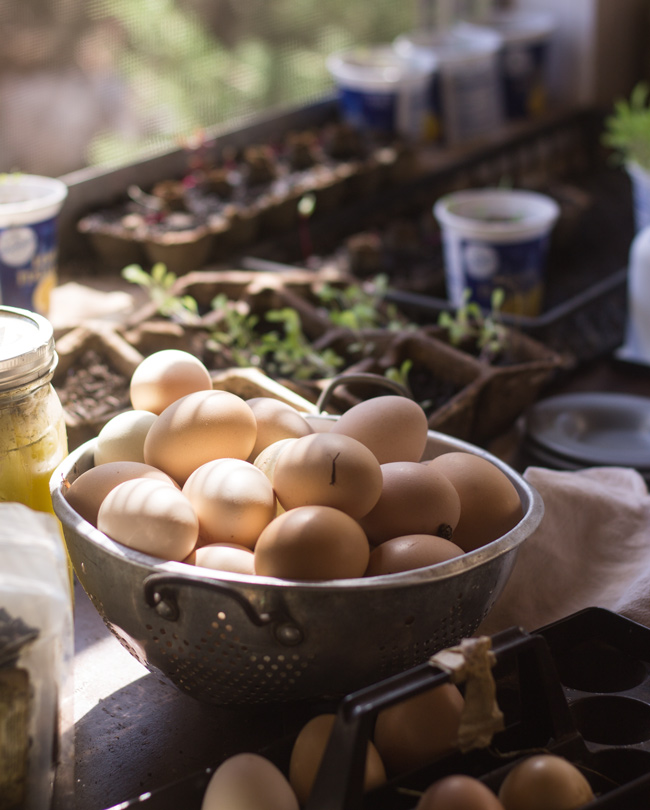
The hens, too, have been quite generous lately. The flock has become a bit unwieldy as I haven’t really done much in the way of culling or even paying much attention in recent months. They are taken care of every day and they keep giving eggs which, I suppose, is reason enough to leave well enough alone.
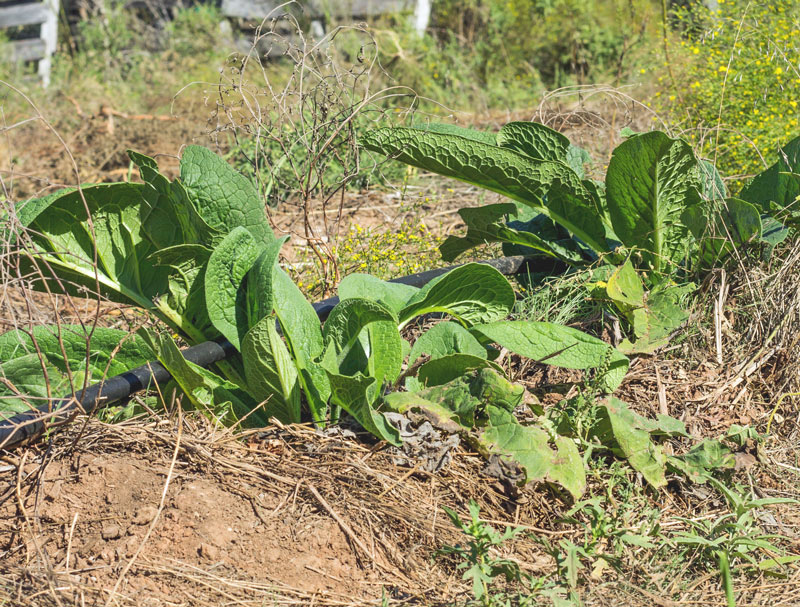
Most of the comfrey survived summer! I am not sure that this has happened in all of the years we have tried planting it; usually at least most of them die.
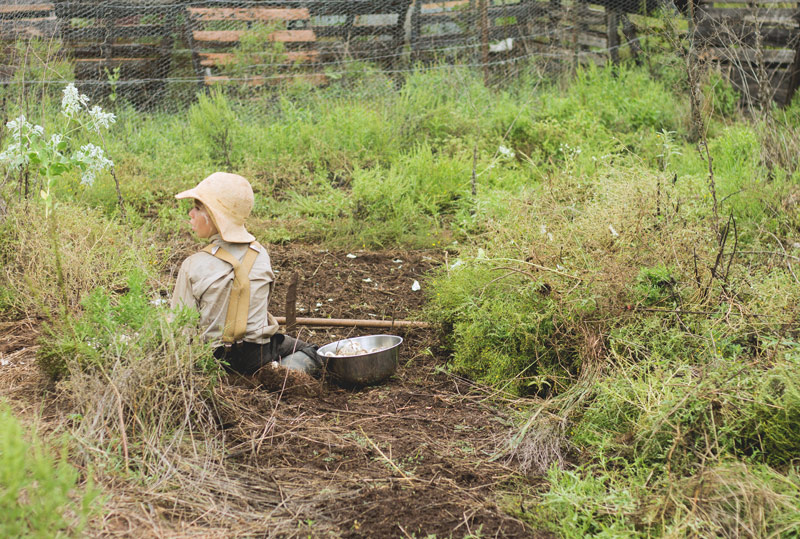
Right around the time we cut back the okra, the garlic started to go in.
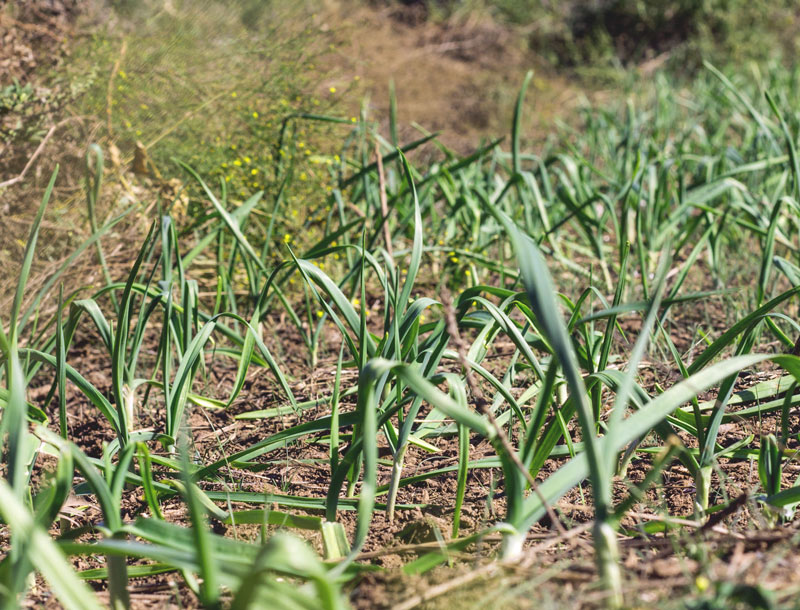
And it’s already coming up with gusto. I think we have more we want to plant and certainly there are onions to put in and could someone please tell me how to grow more beets? Somehow getting these guys from seed to a safe size has proven extraordinarily difficult and am I the only one who could eat these earthy beauties every single day and be quite happy?
Baby greens have provided us with lovely salads and the mustard and collard greens are loving these cooler temperatures. As the days grow dark earlier and the mornings lean closer and closer to frost, I am actually looking forward to a somewhat “off season” in which we aren’t planting and harvesting regularly. Such abundance we have been given; such abundance.




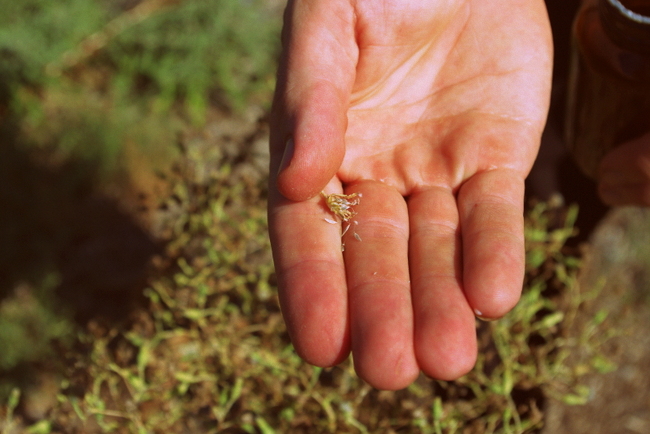
After I plant the seeds for my beets, I cover it with frost cover (I am up north and plant beets in April when it is still cold). As soon as the beets get big enough so the birds cannot destroy them, I take the frost cover off and that is all I need to do to get the beets to a safe size. Hope that helps.
Lauri – That does help – thanks!
Is that a weep hose I see in the comfrey picture?
If so, I am interested to hear how well it works with your water system.
Once again, great blog post!
Mr Adam, Yes, that is a drip irrigation hose which I am assuming is similar to a weep hose? 🙂
It has worked well so far with our Direct Drive Solar-Powered Water Pump. This is only the first year we’ve employed this, though, but so far, so good!